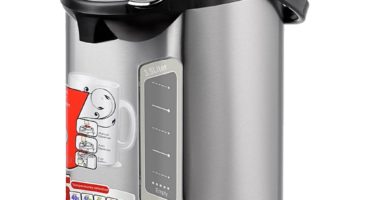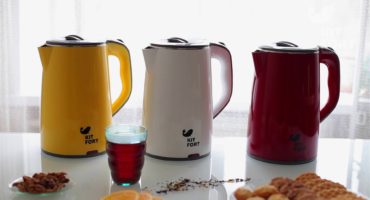Answering the question of what a thermal sweat is, we can confidently say that it is an electric thermos, which, among other things, has the properties of a regular kettle and cooler for water supply.
This device will be useful to those who save time and finances and take care of their health, as the thermal sweat ensures the availability of hot water at any time and does not require re-boiling for this.
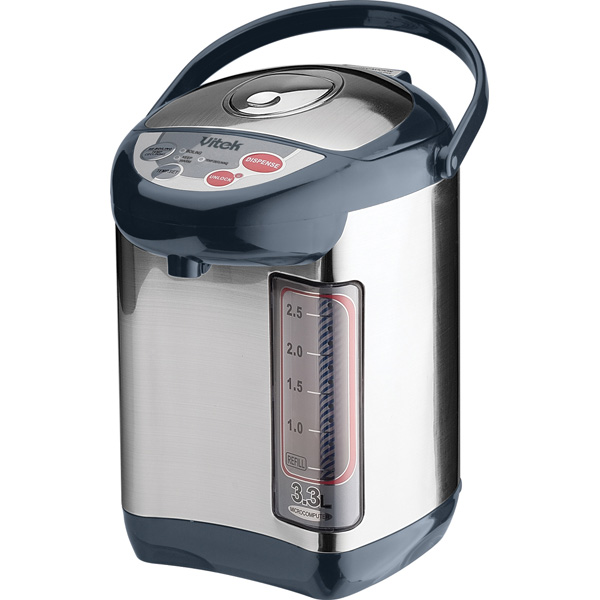
Thermal sweat
Thermopot - what is it?

Thermopot is a device for heating and maintaining water temperature
Thermopot is a modern electric device that combines the functions of a kettle, thermos and cooler. This performance provides ease of use, which consists in providing hot water at any time without the need to wait for its temperature to rise to the required level. The thermal sweat scheme implies the entry of the following structural elements into it:
- housing with a lid, a handle and a hole for water outlet;
- heating element;
- inner flask.
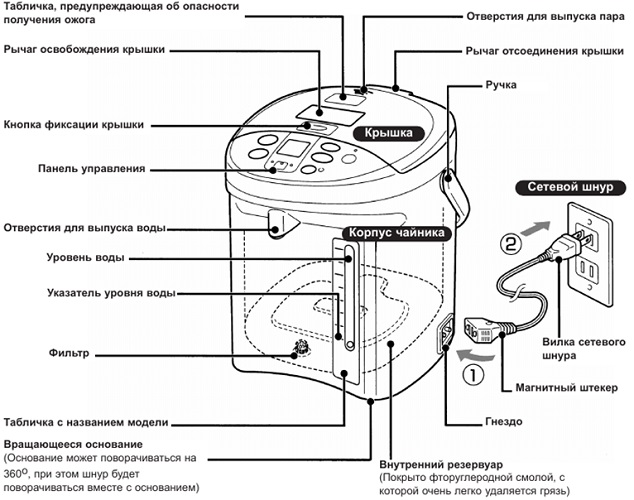
Thermopot scheme
In addition, a cord is always included with the thermal stream to connect it to the electrical network. Thermopot housing is most often made of plastic or metal with individual elements made of plastic. There are also full glass or ceramic models.
Inside the bottom of the case is a heating element, which, like electric kettles, can be in the form of a disk or a spiral. The electrical circuit of any thermal sweat includes in series and parallel located:
- management board;
- time relay;
- a thermostat and 1 or 2 heating elements;
- control panel with buttons for boiling and maintaining temperature.
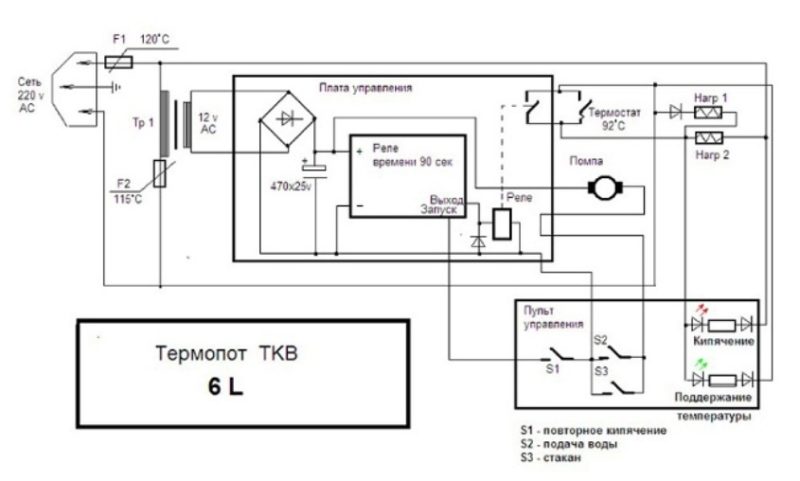
Thermopot circuitry
How does an electric thermal sweat work?
The principle of operation of any thermal sweat is as simple as its device. Its use begins with pouring the required amount of water into the flask, and it is better to fill it to the maximum value. Next, you need to press the power button, which will lead to the start of heating the water until it boils completely. After that, the device will automatically turn off due to the temperature sensor available in the design.
Water cooling in the brake will occur as slowly as in a thermos, that is, even in the off state, it will remain hot for as long as possible. After the water temperature reaches a certain value, for example 70 degrees, which is set in advance, the device will automatically turn on and will maintain the water temperature at this level.
When hot water is needed, you need to bring any container under the corresponding hole and press the water supply button. To do this, there is no need to tilt or raise the device, since water will be supplied under a certain pressure. This makes it possible to use the thermal sweat by all family members, including children and elderly people, who simply do not have enough forces to lift the device. But it is imperative, before entrusting them to independently pour water from a thermal sweat, it is necessary to explain the whole principle of the device’s operation and how to use it correctly.
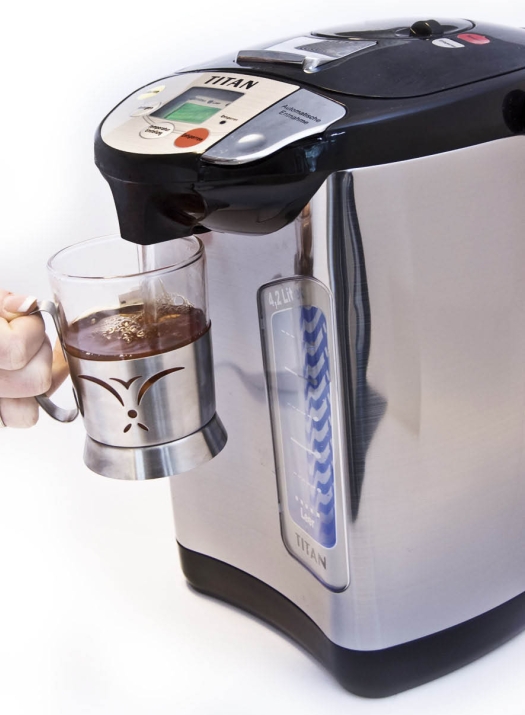
Simple use of thermal sweat
The only drawback of the thermal sweat compared to an electric kettle is the longer heating of the water until it boils. But this is primarily due to the fact that a larger amount of liquid enters the thermopot flask compared to the kettle, and its power is somewhat less to ensure energy savings during operation. But the fact that hot water is present in such a device almost constantly and bringing it to a boil is necessary only if a new portion is filled, this drawback is absolutely imperceptible.
Thermopots types and characteristics
There are a large number of types of thermal sweat, and each of them has its own characteristics.
Depending on the material of manufacture of the case, the thermal sweat can be metal, glass, plastic, ceramic or combined. Models vary in volume from 2.5 to 8 liters, and in power, affecting the heating efficiency, from 0.6 to 1 kW.
These characteristics are interconnected, since with a larger capacity a greater power value is needed, since otherwise it will take a lot of time to boil. To maintain a certain temperature will require only a small part of this power, usually equal to 30-40 watts.
There can be two or one heating elements in a thermal stream. In the first case, the first heating element is needed to boil water, and the second to maintain temperature. In the second - the only heater is responsible for both functions simultaneously. From corrosion, the heating element may have a protective coating made of silver, nickel, chromium or even gold.
Varieties of thermal sweat by the type of heating element can be either with an open or open spiral, or with a disk. The disc heating element is more convenient - it is easier to wash. But at the same time, models with such a performance are slightly more expensive than those in which it has the shape of a spiral. In the process, such devices practically do not emit any extraneous noise.
A heating element in the form of a spiral is more problematic to maintain, but it is cheaper. There is no lack of care in the spiral element, closed from the ingress of water and dirt with a metal plate. It requires high power for fast heating and it emits quite noticeable noise during use.
The water flask can be made of both stainless steel and glass. The first option is more durable and reliable, but at the same time, with improper care, scratches can quickly form on it.
Glass flasks, which, however, can break under strong mechanical stress, are deprived of this drawback. From the point of view of safety for human health, these options are harmless.
There are also models of thermal compotes, in which the stainless steel flask inside is coated with a layer of ceramic coating. This will not affect the taste of the water in any way, but can greatly simplify the maintenance of the device.
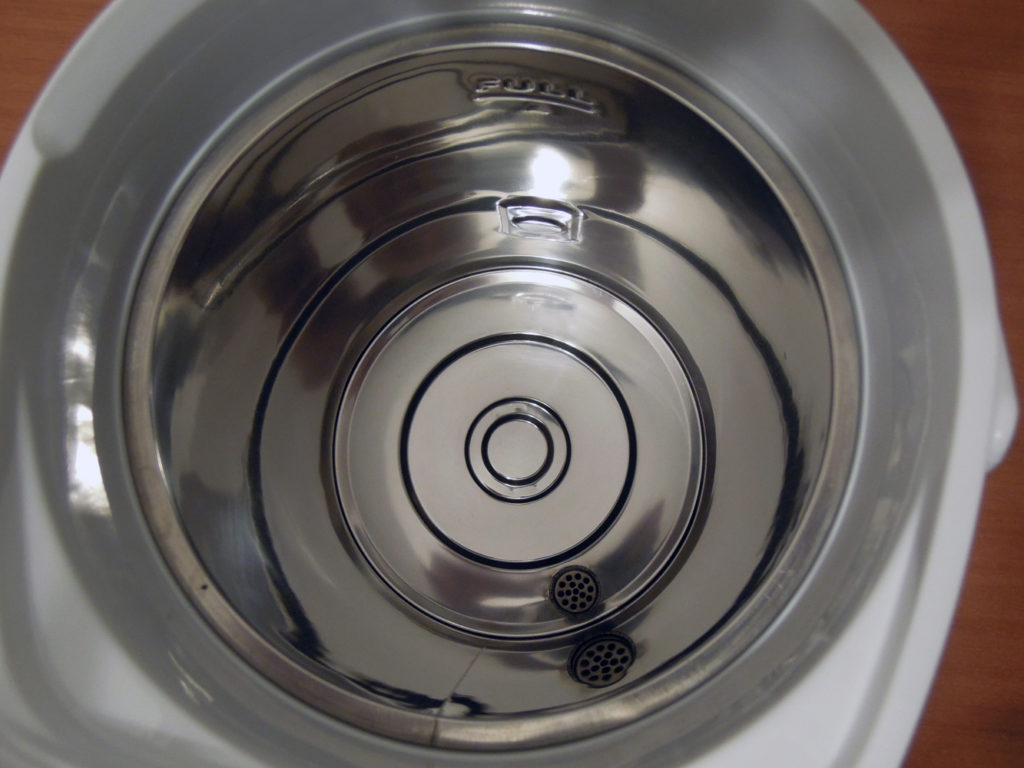
Stainless Steel Thermal Sweat Flask
In most models, there are three modes that ensure that the temperature of already boiled water is maintained at 60, 80 and 95 degrees. This design in itself makes it possible to maintain the optimum temperature for ease of use. Some models are equipped with a stepless thermostat, which allows you to more accurately set this parameter, choosing it from the range from 60 to 100 degrees.

Stepless thermostat allows you to choose the exact temperature of the water that will be maintained
Any thermo sweat has a larger size than conventional electric kettles, and at the same time more weight, especially when the bulb is completely full, so raising or tilting it to pour water would be inconvenient.
Therefore, any such device has a pump in its design, which can be either mechanical or electrical. The electric option is more convenient, since in order to pour water, you just need to press the appropriate button. But at the same time, if necessary, use the device without access to electricity in this case, this will not work. A mechanical pump works under any conditions, but in order for the water to begin to flow, it is necessary to “pump” it with a few clicks on the corresponding button.
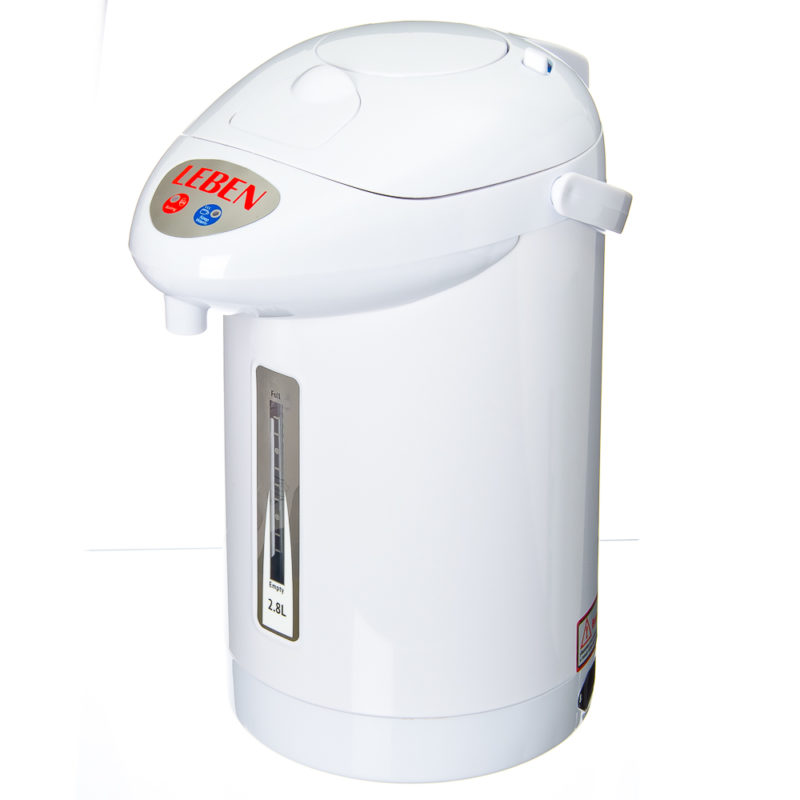
Thermal sweat with mechanical pump
Additional features of thermal sweat
In order to use the thermal sweat more convenient, some models are endowed with additional features. The main ones include:
- timer with delayed start function;
- backlit display that displays all the parameters of the selected mode;
- sound annunciator;
- self-cleaning function;
- the ability to rotate the device 360 degrees on a special stand.
Also, very often such devices are equipped with locks from pouring water in the on state, accidentally pressing and turning on when the flask is empty. Despite the fact that the presence of additional functions and capabilities can significantly affect the cost of the device, their availability is not only more convenient to use, but also avoids the occurrence of very unpleasant situations, and at the same time prolongs the life of the device. Therefore, in this case, saving is not the best approach when choosing this device.
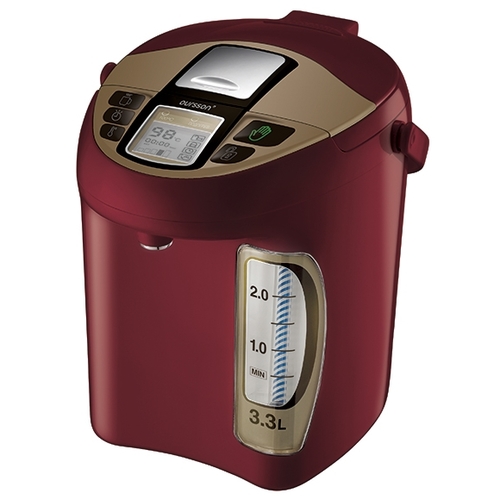
Additional features simplify the use of thermal sweat
The use of thermal sweat: harm, advantages and disadvantages
Like any device, thermal sweat has its pros and cons. The main advantages of using a thermal sweat are:
- functionality;
- profitability;
- security;
- usability.
The disadvantages are:
- low power, because of this and longer heating of water to the required temperature;
- more substantial cost compared to the price of a conventional electric kettle.
If you try to detect harm from the use of this device in everyday life, then it is not. On the contrary, the use of a teapot for boiling water more negatively affects human health when repeatedly bringing one portion to a temperature of 100 degrees. With repeated boiling, oxygen in the liquid becomes less, and the concentration of various salts and other compounds is greater, since part of the water evaporates during boiling. In a thermal stream, boiling of one portion of water is carried out only once, and then its temperature is only maintained at the required level, less than 100 degrees. This is the indisputable benefit of it in everyday life.
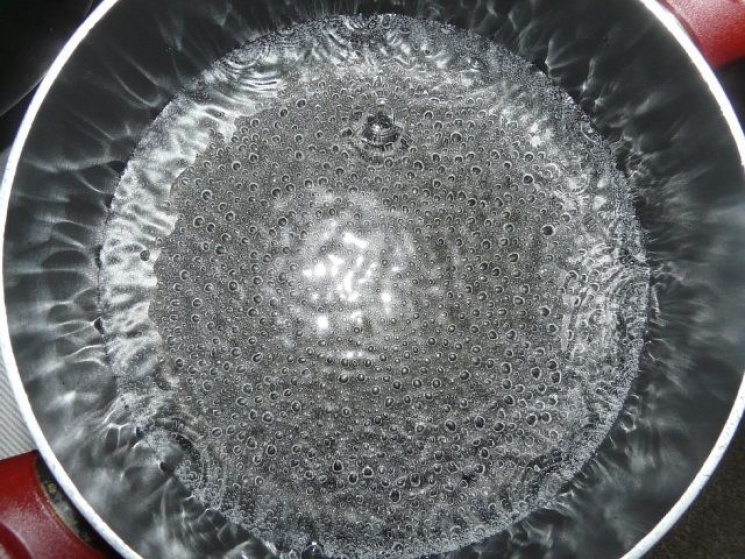
Re-boiling water can negatively affect one's well-being.

